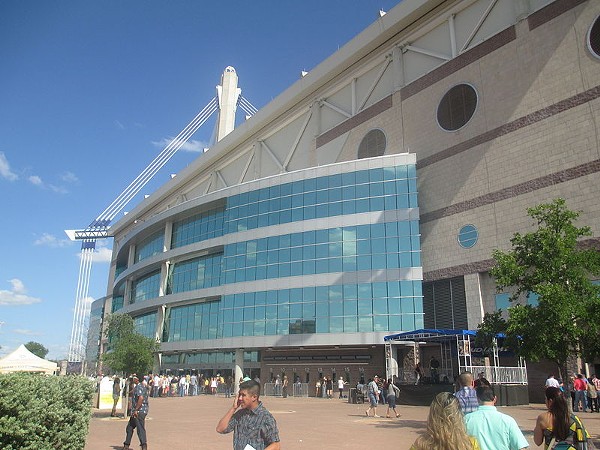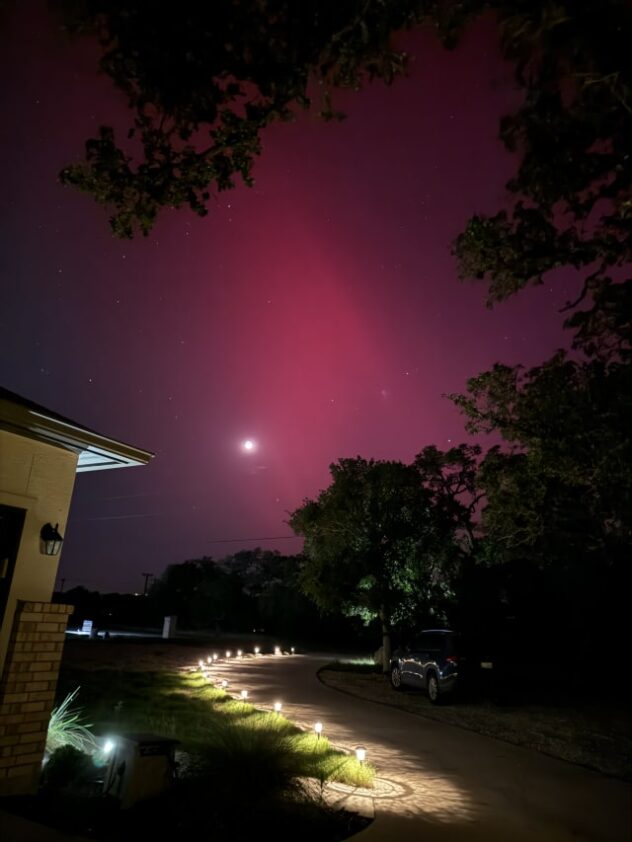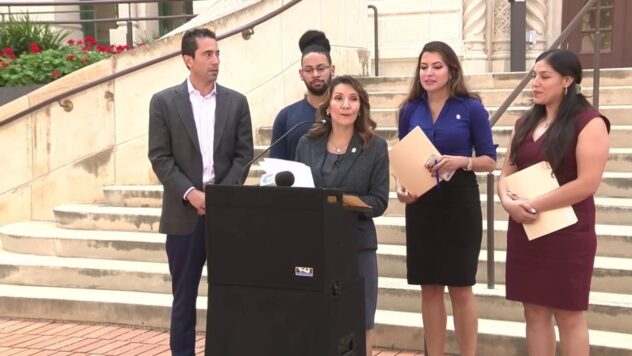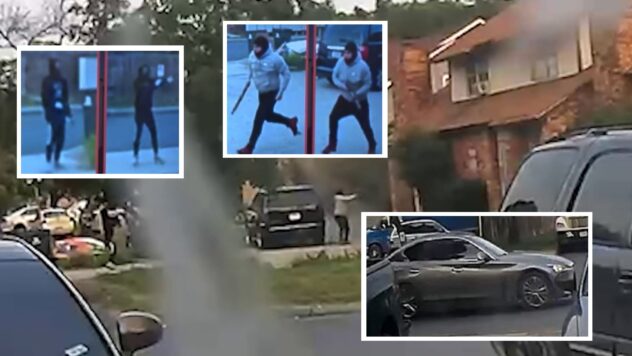One More Thing: During the Current Crisis, SA Leaders Should Invest in People, Not Another Pie-in-the-Sky Project

Editor’s Note: The following is CityScrapes, a column of opinion and analysis.
Just one more thing.
One more big thing. One more grand project with the promise that it would make San Antonio grow. That would make San Antonio great — and put it at the front rank of American cities.
In the early years of the 20th century, that one big thing was a public auditorium — an auditorium that would make us the convention destination of the Southwest. That would bring untold numbers of big spending visitors. Then, in the late 1930s, the grand project was a San Antonio River canal, joining the city to the gulf and the intracoastal waterway. A bold headline in the San Antonio Light proclaimed “Canal Means Boom for S.A…. Factories Always Seek Cheap Transportation.”
And if the canal never came to fruition, there was always another thing.
By the 1940s, what San Antonio needed was a coliseum, as the only large Texas city without an “exposition plant.” Build it, and we could accommodate a bigger stock show, flower show and rodeo. And the president of the San Antonio Horse Show Association added that “San Antonio has the best climate in the world for the training of polo ponies but does not have adequate facilities.”
We needed a medical school, and the proposed Air Force Academy. Then it was a World’s Fair, followed by a 1,000-room hotel. A downtown shopping mall. Sea World — and a new highway to get there. And then Fiesta Texas, with the promise that we would be the next Orlando, Florida. And don’t forget a domed stadium for our soon-to-come NFL team.
Whether or not each of these big projects was realized, whether or not they actually delivered on the promises and forecasts, there was always another big new thing that would boost San Antonio. Unfortunately, decade after decade and generation after generation, our leaders failed to recognize the one thing that vital to urban success — the thing that more recently led to microchip plants booming in Austin while they failed here. The reason that when Tesla searches for a new plant in Texas, it looks not at San Antonio but at Austin.
“In the past, good jobs and high incomes were tied to the large-scale production of manufactured goods,” University of California at Berkeley economist Enrico Moretti argues in his 2012 book The New Economy of Jobs. “But today little value remains in the production of goods that anybody can make. Good jobs and high salaries increasingly come from the production of new ideas, new knowledge and new technologies.”
The road to a better local economy and an expanding economic future does not lie in building new public buildings, in bribing firms to come to San Antonio or in trying to sell the city to out-of-town visitors. It lies in developing a skilled, educated and highly adaptable labor force — investing in our people, not in buildings or public subsidies.
A human capital investment effort is not an easy thing. It involves marshaling the resources and commitment across the entire community to support the further education and skills development of people who have families, jobs, and these days pressing financial needs. It may have to be started at a limited scale. But we have a track record and evidence of substantial public support.
Project Quest, which began to assist workers displaced by the loss of manufacturing jobs when Levi Strauss departed San Antonio, provides a nationally recognized model for job training. Its model can also be built upon and expanded. What’s more, former Mayor Julián Castro’s Pre-K for SA program demonstrated a willingness by local voters to invest in our people.
A recent Bexar Facts poll from KSAT-TV asked a sample of local voters for their opinion on the areas where the city government is spending to deal with the coronavirus. Providing workforce development support, including job training and childcare, garnered 92% support, with 68% ranking their support as “strong.” That actually topped the support for providing Wi-Fi and technology aid for local students, which came in at 87%.
The overwhelming public support for workforce development should send a message to city and county leaders — a message that mirrors Moretti’s conclusion. We need to invest in San Antonians and our potential.
Heywood Sanders is a professor of public policy at the University of Texas at San Antonio.
Stay on top of San Antonio news and views. Sign up for our Weekly Headlines Newsletter.

















